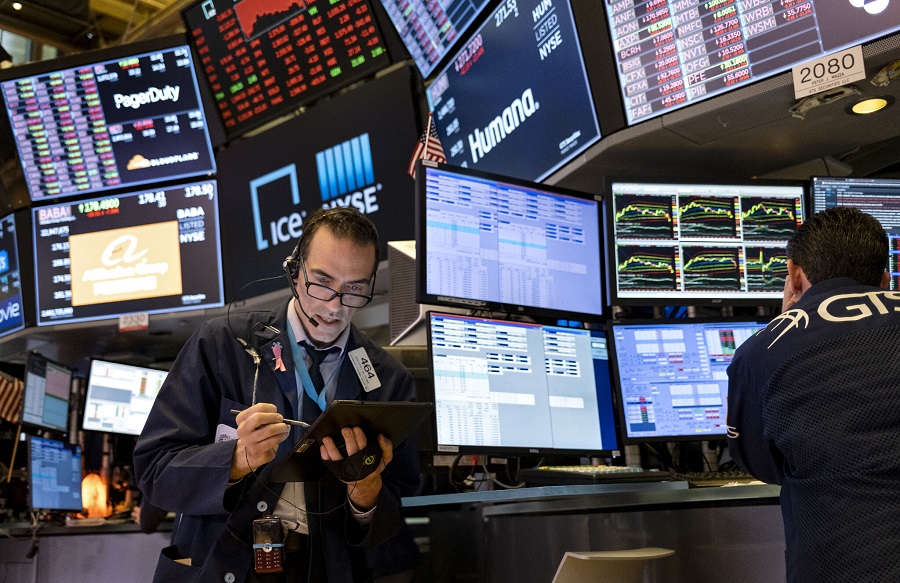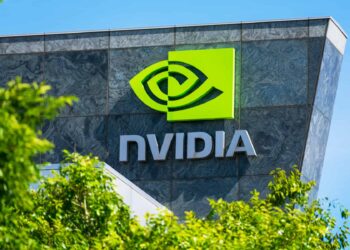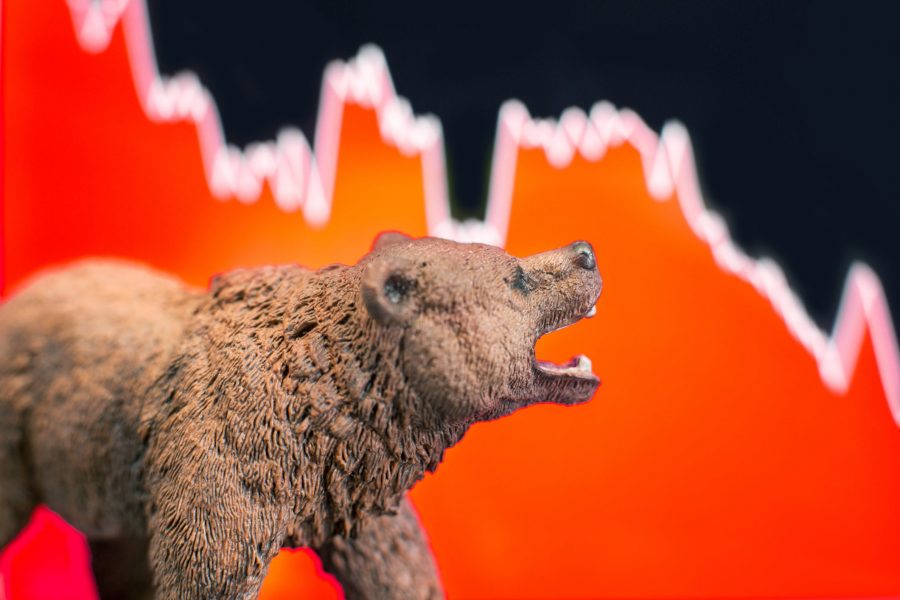It was a bearish four-day trading session week for U.S. stocks as the major indexes have returned to losing ways after ending a very long losing streak in the preceding week. On Monday, the markets were closed due to the Memorial Day holiday.
The New York Stock Exchange (NYSE) All Share Index (ASI) lost 0.91% for the week, after gaining 5.71% in the preceding week. It opened trading at 15,942.60 basis points and it closed the week trading at 15,797.20 basis points. Of the four trading sessions seen during the week, the NYSE posted gains in just one of these sessions, with the bears dominating the market for the entire week.
The NASDAQ also ended bearish as it posted losses of 0.98% during the week under consideration. It started at a basis point of 12,137.54 and ended the week at 12,012.73 basis points. The week in question saw a decrease in the volume of transactions against the previous week by 81.75% as the market recorded a volume of 837.59 million.
The Dow Jones and the S&P 500 also posted losses of 0.90% and 1.20% respectively. Both have returned back to losing ways after ending a record-long losing streak.
What’s moving the market?
Stocks fell sharply on Friday to cap their eighth weekly loss out of the last nine, as a stronger than expected report on U.S. nonfarm payrolls suggested the labour market remains robust enough for the Federal Reserve to raise rates quickly. The benchmark 10-year Treasury yield climbed above 2.9% after the report, leading to outsized losses among tech stocks.
The Labor Department’s closely watched report showed nonfarm payrolls rose by 390,000 jobs last month and wages grew, while the unemployment rate held steady at 3.6% – all signs of a tight labor market. Economists polled by Reuters had forecast that nonfarm payrolls would rise by 325,000 jobs.
While the jobs report was reassuring for the current state of the economy, investors focused primarily on its potential influence on central bank policy. Nela Richardson, chief economist at ADP stated, “The market is trying to funnel its response through what the Fed may or may not do.” He also explained that he expects the market to continue to seesaw as a result of uncertainty around interest rates and inflation.
Shawn Snyder, head of investment strategy at Citi Personal Wealth Management, saw the solid report as a double-edged sword. He stated, “it’s telling us the economy is in fairly good shape which is good news but when viewed in the context of what it means for the Federal Reserve and tightening monetary policy it likely makes them more confident they can continue to tighten. That comes through as a bit of a negative for investors because they’re hoping for the Fed to pause later this year.”
President Biden on Tuesday met with Fed Chairman, Jerome Powell, who was formally sworn in last week for a second term as head of the U.S. central bank. The rare meeting at the Oval Office focused on inflation and the state of the economy, as prices continue to soar on everything from gasoline and food to transportation and housing. While the Fed has embarked on a cycle of quantitative tightening, many have criticized the central bank for being too slow in addressing the price pressures, while others say moving too severely could trigger a recession.
Financials dropped the most out of any S&P 500 sector on Wednesday following a stark warning from JPMorgan’s CEO, Jamie Dimon, who stated, “You know, I said [last month] there’s storm clouds but I’m going to change it… it’s a hurricane.” He declared at the Bernstein Strategic Decisions Conference, referencing a U.S. economy that is struggling with, “fiscally induced growth, QT and the war in Ukraine.” Just about every S&P 500 Financial sub-sector also ended the session in the red, including insurance, mortgage REITs, fintech and asset managers.
General Motors’ Cruise became the “first and only company to operate a commercial, driverless ride-hail service in a major U.S. city,” after inking the appropriate permits in San Francisco. The green light was granted by the California Public Utilities Commission, allowing the GM subsidiary to charge a fare for its driverless rides. Cruise’s cars are also fully electric and battery-powered, a big win for reducing emissions in the climate-conscious San Francisco.
iPhone maker Apple finished down 3.9% after a bearish brokerage outlook and a report that EU countries and lawmakers would agree next week on a common charging port for mobile devices and headphones – a proposal Apple has criticized. Tesla shares sank 9.2% after CEO Elon Musk, in an email to executives seen by Reuters, said he has a “super bad feeling” about the economy and needs to cut about 10% of jobs at the electric car maker.
Declining issues outnumbered advancing ones on the NYSE by a 2.68-to-1 ratio; on Nasdaq, a 1.79-to-1 ratio favoured decliners. The S&P 500 posted 1 new 52-week high and 29 new lows; the Nasdaq Composite recorded 32 new highs and 88 new lows.
Top 5 gainers
- Therapeutics md Inc (TXMD) 379.71%
- Avadel Pharmaceuticals Plc ADR (AVDL) 130.84%
- Turning Point Therapeutics Inc (TPTX) 128.80%
- Spark Networks Plc ADR (LOV) 77.36%
- Houston American Energy Corp (HUSA) 74.38%
Top 5 losers
- Boqii Holding Ltd ADR (BQ) -78.85%
- Bright Green Corp (BGXX) -61.47%
- Iovance Biotherapeutics Inc (IOVA) -48.08%
- Immunic Inc (IMUX) -44.24%
- Innovid Corp (CTV) -43.32%


























The bears ravagiing NYSE is not peculiar to the US Market alone…It is becoming Global.. NGX also not excepted.. The Worldwide inflationary pendulums swinging left & right is the cause..The erupting Inflation is posing treats to the Global Economy.. It poses serious concerns for the Economists to find enduring & perpetual solutions to the intruding menacee if the Economy must stable…